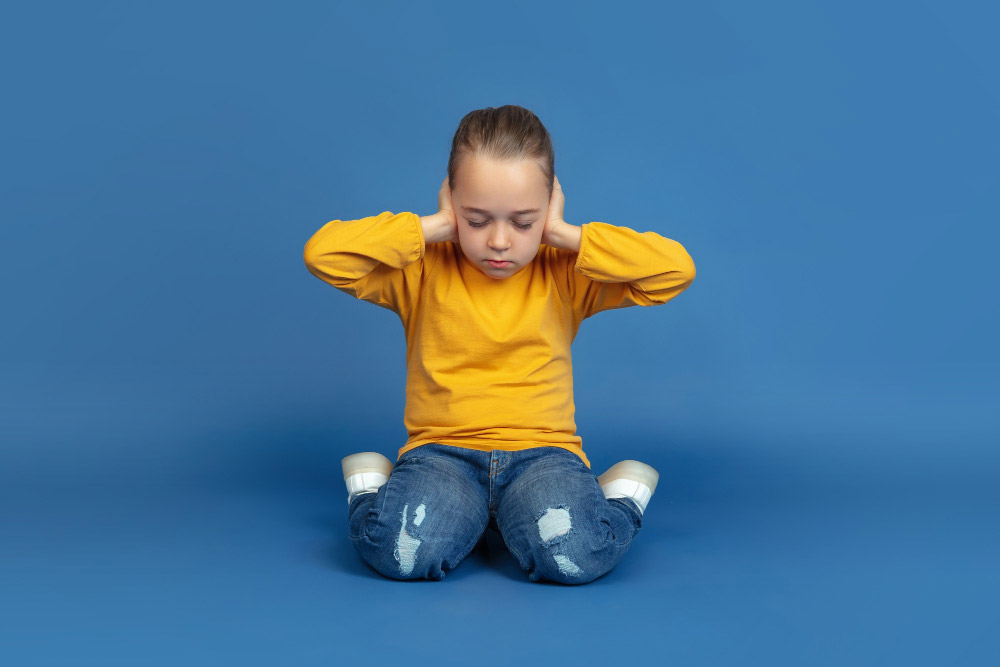Table of Contents
What is ADHD
ADHD is a behavioral disorder that you can diagnose during childhood.
Symptoms may vary, or one may occur without the others.
For some people with ADHD, symptoms may decrease over time or when they age, but in some cases, symptoms may continue that may distract them and hinder their daily life function.
How to diagnose a child with ADHD?
The following are common symptoms of ADHD.
In some cases, these are unnoticed because the symptoms may not be too obvious:
Impulsive
- Acting without thinking
- Getting frustrated frequently
- Poor anger management
- Mood swings
- Hot temper
- Having trouble coping with stress
- No sense of harm
Inattentive (not paying attention or having difficulty in concentrating and focusing)
- Easily gets distracted
- Being forgetful
- Cannot carry out instructions
- Having poor communication skills
- Unorganized in tasks
- Usually loses things
Hyperactive (extremely active)
- Unable to stay in one position or sit still
- Always goes into a conversation
- Constantly running around
- Uncontrolled movement
- Unable to wait for their turn
- Cannot concentrate on one task
Girls are less likely diagnosed with ADHD rather than boys. Usually, boys get diagnosed because of their unlimited energy. Female patients may have a symptom of attentiveness and lesser chances of being impulsive and hyperactive. Meaning that girls who have ADHD may not get diagnosed most of the time.
The symptoms of ADHD in adults are more difficult to identify. This is because of a shortage of studies on adults with ADHD.
Because ADHD is a developmental condition, it is thought that it cannot manifest in adults without first having it as a child. ADHD symptoms in adolescents and teenagers can persist into adulthood.
Inattentiveness, hyperactivity, and impulsiveness in adults differ significantly from those in children.
In some cases, ADHD may be associated with other mental and psychological disorders such as:
- Depression – ADHD can lead to depression when the patient is having a problem with their condition. Problems can occur in school, at work, or with peers. These emotional problems may lead to anxiety and hopelessness that would develop into depression over time.
- Anxiety – ADHD may be a cause of worsening anxiety. Feeling restless and having a problem with concentrating can worsen your condition.
- ASD or Autism Spectrum Disorder – ADHD and Autism look like each other. They have common symptoms such as being hyperactive, impulsive or having problems with communicating and socializing. One difference between them is that the child with ASD loves doing things repetitively, while children with ADHD do not like to do the same thing over and over again, especially for long times.
- Epilepsy – This is a mental condition that affects the brain and causes seizures.
- Tourette’s – This is also called tics. Involuntary noises or sounds may come out of the mouth of the patient. It is a health condition of the nervous system.
These are some cases in that ADHD may be associated with other physical, mental, and psychological disorders.
How is ADHD Diagnosed?
Americal Psychiatric Association uses a diagnostic and statistical manual – five (DSM-5) to help identify a suspected ADHD patient. This device ensures that diagnosed people are appropriately getting proper medical treatment for ADHD. This device or standard is used in many countries to help determine the number of children with ADHD worldwide.
How is ADHD treated?
Specific treatment for ADHD will be given by your specialist based on the following:
- The child’s age, health and medical history,
- Symptoms,
- Tolerance for specific medication and therapies.
- Parental support and education in behavioral training, suitable school enrollment, and medication are all important parts of treatment for children with ADHD. In most children with ADHD, treatment with a psychostimulant is quite beneficial.
Proper diet and supplements may lessen the symptoms of ADHD. Check with the doctor if the food eaten is not in conflict with the medication. Foods may reduce the symptoms or worsen them.
What food is good to consume for ADHD patients?
- High protein diet – such as milk, eggs, chicken, meat, and fish. This food may improve concentration.
- Complex Carbs – such as vegetables, oranges, pears, and apples are a good source of carbs.
What are the foods that people with ADHD have to avoid as much as possible?
Sugary foods such as;
- Candy
- Sugar
- Chocolate
- White rice
- Honey
- Potatoes
- White bread
Just remember, sugar does not cause ADHD, but it can make kids hyperactive.
Some organizations are helping people diagnose their loved ones with ADHD. If you are having trouble with your child, ADHD clinical trials may help you with your kid’s condition. ADHD clinical trials conduct a series of tests to diagnose your patient’s condition mentally and physically. They can give you all the things and ideas on how to control your condition.
